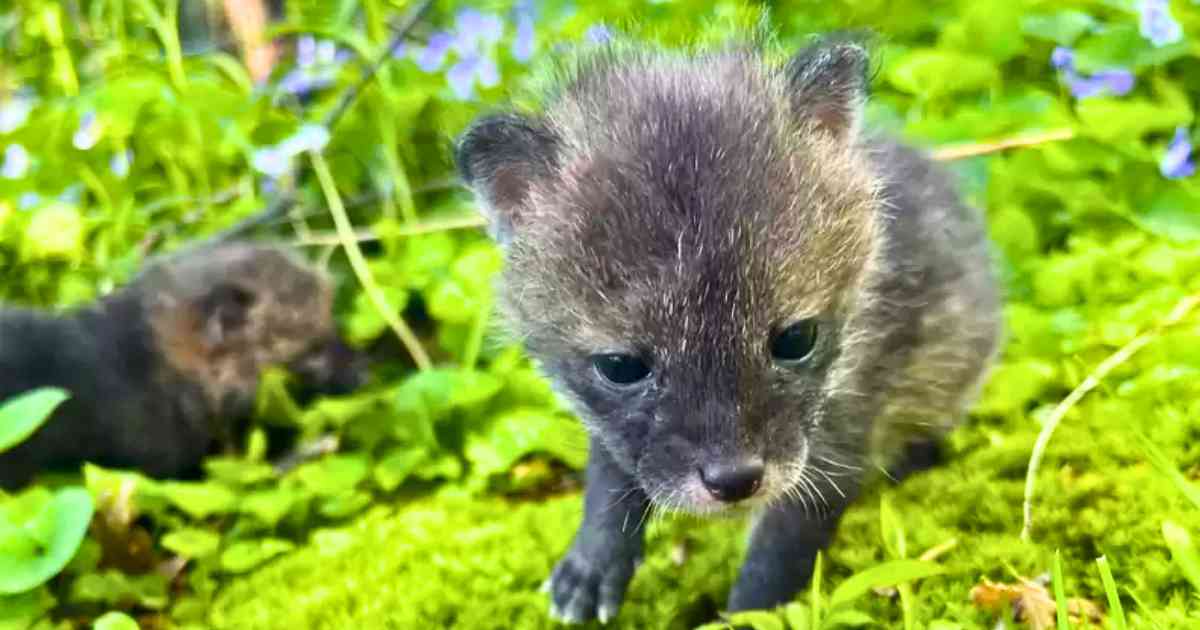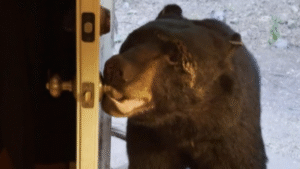For the first time in 80 years, gray wolf pups have been spotted in Colorado, marking a monumental moment in the state’s wildlife history. These new arrivals represent a vital turning point for conservation efforts and a powerful symbol of nature’s resilience.
Wolves Return After 80 Years
Colorado’s landscape has been without gray wolves since the 1940s, when intensive hunting and trapping drove these magnificent animals to near extinction in the region. That changed in early June, when Colorado Parks and Wildlife (CPW) officials confirmed the presence of at least three gray wolf pups in Jackson County, near the Wyoming border.
Governor Jared Polis expressed the excitement of many Coloradans, calling it a “historic den” and welcoming the new wolf family. These pups are a living sign that reintroduction and protection measures are working.
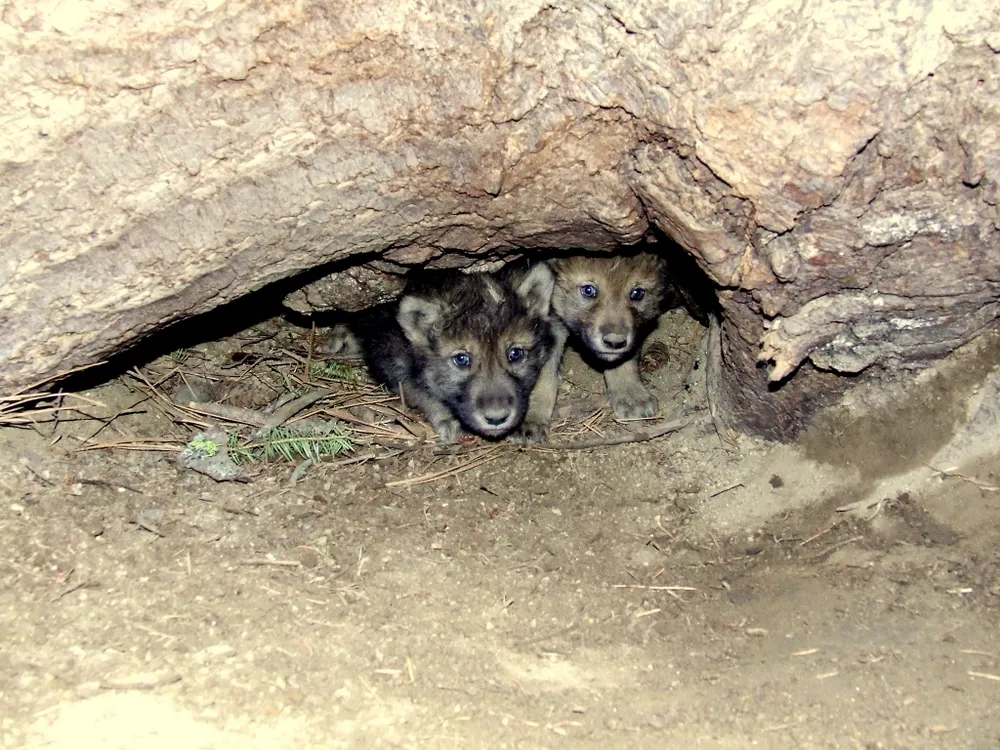
How Did the Wolves Get Here?
The comeback of gray wolves in Colorado is part of a larger, decades-long effort to restore balance to the American West’s ecosystems. Wolves were first reintroduced to Yellowstone National Park and Idaho in the 1990s. From there, wolves gradually made their way south, eventually reaching Colorado. In 2019, multiple adult wolves were seen traveling together in the state, sparking hope for a future litter.
Biologists had been tracking two wolves, originally thought to be both male, but instead, they produced this historic litter. Gray wolf pups typically stay near their den site for the first few months, and CPW has made several careful observations to confirm their existence without disturbing the family.
Read More Inspiring Stories:
Full Story: Man Loses 360 Pounds Naturally—Internet Rallies to Support His Next Step
Why the Gray Wolf Pups Matter
Gray wolves play a crucial role in maintaining healthy, balanced ecosystems. As apex predators, they help manage populations of deer and elk, which in turn supports plant diversity and keeps other species thriving. The return of gray wolf pups signals a step forward for wildlife restoration—not only in Colorado but across the West.
But their comeback has not been without controversy. Many ranchers and farmers worry about livestock safety, while conservationists argue for the broader importance of biodiversity and ecosystem health. The recent state ballot initiative to officially reintroduce wolves was narrowly passed, highlighting just how complex the issue remains.
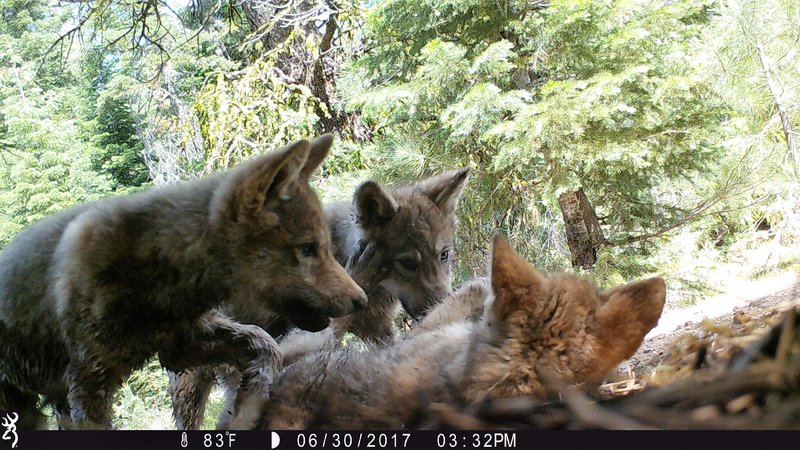
Protecting the Next Generation
CPW biologists are treading carefully. As wildlife biologist Libbie Miller explained, the agency is actively monitoring the den site with “extreme caution” to ensure the pups’ survival. Public curiosity is high, but experts emphasize the need to avoid disturbing these young animals. Their priority is the well-being of the pups and the hope that this new wolf family will thrive and multiply.
Gray wolves remain listed as endangered in Colorado, and their future depends on a delicate balance between human interests and nature’s needs. For now, these pups represent hope, renewal, and the power of responsible rescue and conservation efforts.
Also Trending:
Tammy Hembrow’s Bikini Photos Are Stirring Controversy—Here’s Why Everyone’s Talking
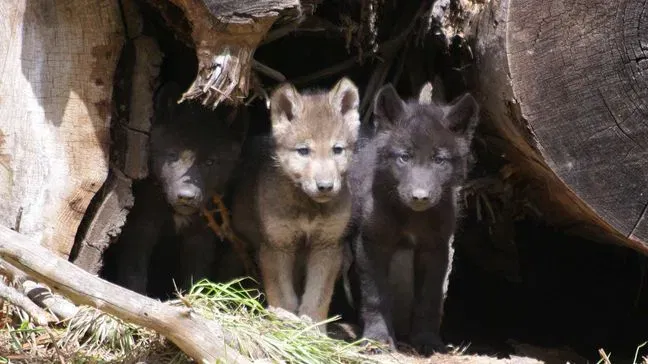
Conclusion
The return of gray wolf pups to Colorado after 80 years is a testament to the persistence of conservationists and the enduring strength of nature. Their story is a reminder that, with care and commitment, lost wildlife can be restored—and that every new generation counts.
If you’re passionate about animals, nature, wildlife, and rescue stories, stay tuned for more updates and inspiring moments from the animal kingdom.
